Operation Snapback
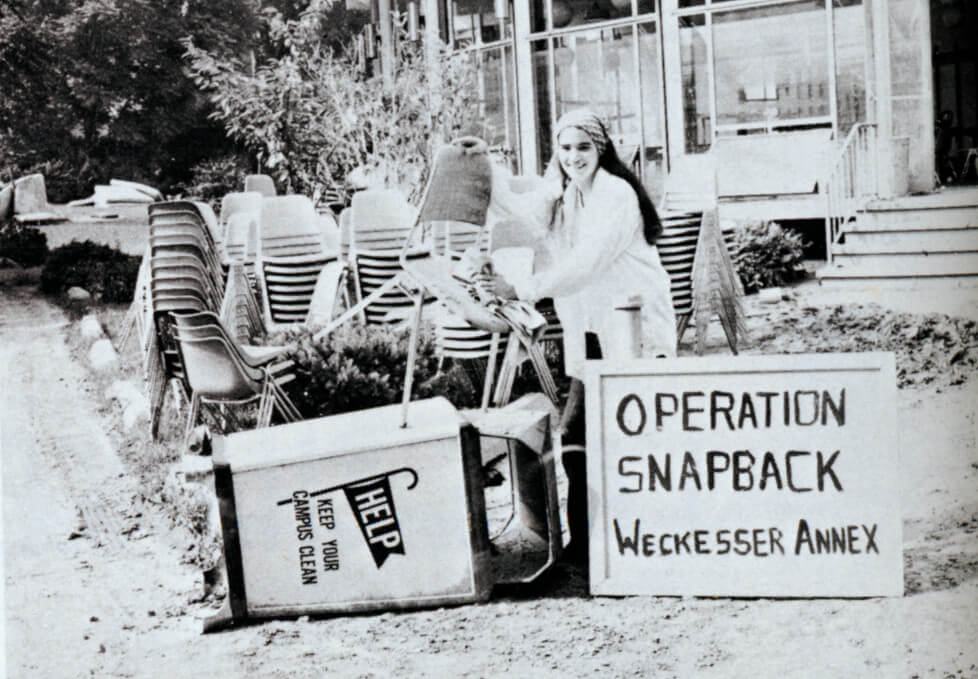
The efforts of Operation Snapback and the Wilkes community helped Wilkes recover from the aftermath of the Agnes flooding.
When Hurricane Agnes flooded the Wyoming Valley, Wilkes College sustained more than $10 million in damage to 58 buildings. In the immediate aftermath of the flood, however, Wilkes' Second President Francis J. Michelini decided that the most important mission was learning; the relationship between students and faculty were more important than brightly lit classrooms.
With this in mind, the college’s first summer session reopened less than a week and a half after the flood, with a majority of classes held on the second and third floors of buildings. While some faculty and students resumed scholarly pursuits, other students gave up summer jobs and vacations to return to campus to shovel out mud-filled basements, remove and wash off dirty furniture and desks and assisted in overall clean-up efforts. Many alumni also pitched in with cleanup efforts as well as monetary support to aid Wilkes in flood recovery. “Operation Snapback,” Michelini’s action plan to fundraise after the flood, generated millions of dollars to fix building damages and provide financial aid for students affected by the flood.
Estimated Cost of Damages to Wilkes from Agnes
| Building | Estimated Cost of Damages |
|---|---|
| President's House (30 West River Street) | $50,000 |
| Dorothy Dickson Darte Center | $1.75 million |
| New Men's Dorm and Dining Hall (Henry Student Center) | $150,000 |
| Farley Library | $1.4 million |
| Stark Hall/Stark Center | $7 million |
| Chase Hall | $220,000 |
| Weckesser Hall | $300,000 |
| Old Gymnasium | $125,000 |
| Kirby Hall | $200,000 |
Walking Tour Locations

Susquehanna River
The Susquehanna River has a long history of flooding. The river levee was topped at 11 a.m. at 38.5 feet on Friday June 23, 1972. Buildings and residences were destroyed and even uplifted, roadways were torn and inhabitants were evacuated as the Wyoming Valley experienced “one of the worst natural disasters in American history.”
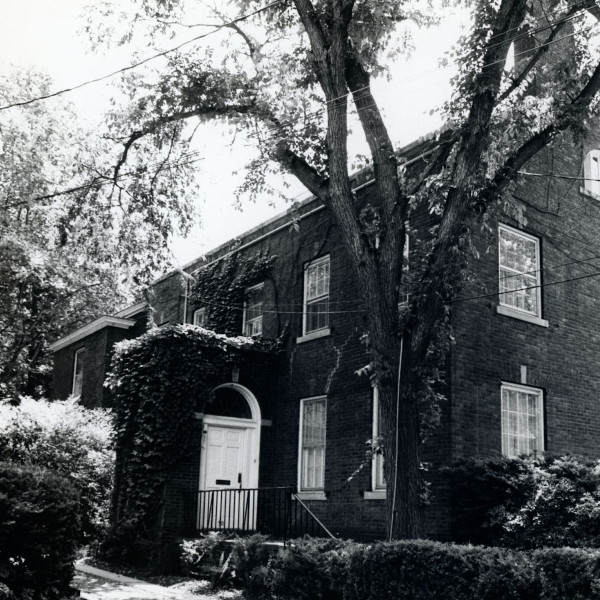
President's Home (30 West River Street)
A colonial revival building originally built for Paul Sterling in 1925, the President's Home received major damage from Agnes, including furniture, hardwood flooring and severe mold weeks later.
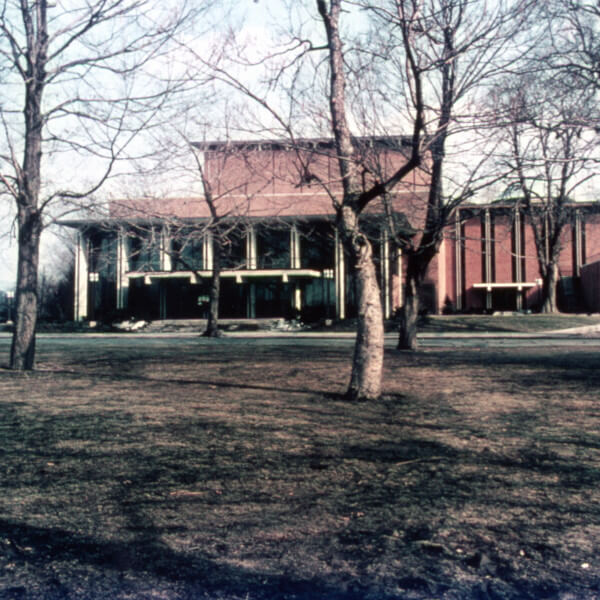
Dorothy Dickson Darte Center
The two-story tall center for performing arts at Wilkes suffered nearly $2 million in damages to seats, carpeting, instruments and more during the flooding.
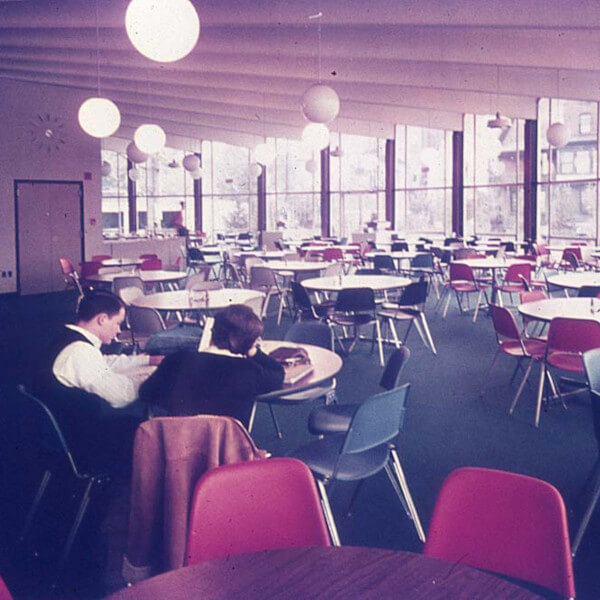
New Men's Dorm and Dining Hall (Henry Student Center)
The Dining Hall and New Men's Dorm withstood significant damage but remained operational until 1999, when it was replaced by the Henry Student Center.
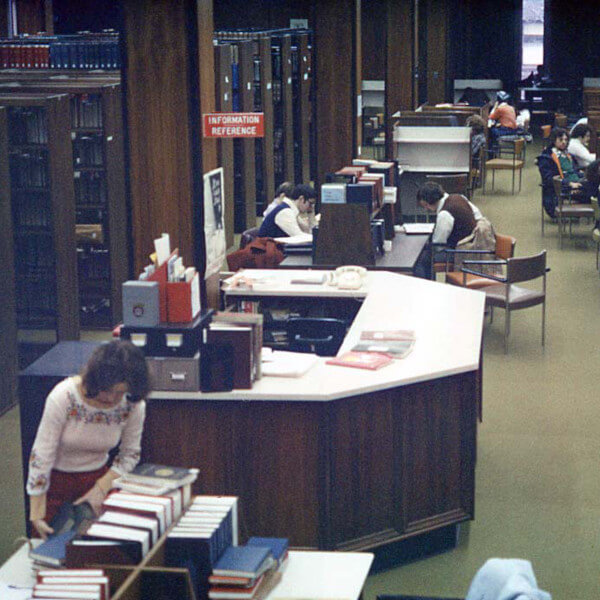
Farley Library
Flooding of the Farley Library basement resulted in the loss of nearly 60,000 volumes of serials and an entire treasure room of rare books, among other damage.
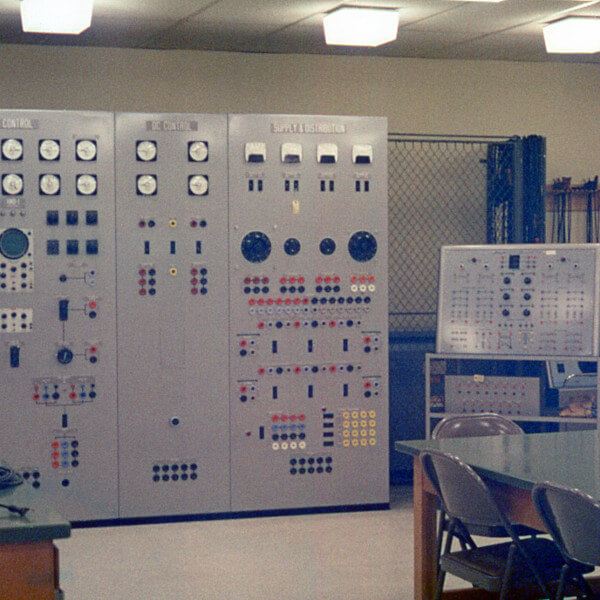
Stark Hall/Stark Center
Construction of the Stark Learning Center was halted because of damage from the flood before eventually being completed in 1975.
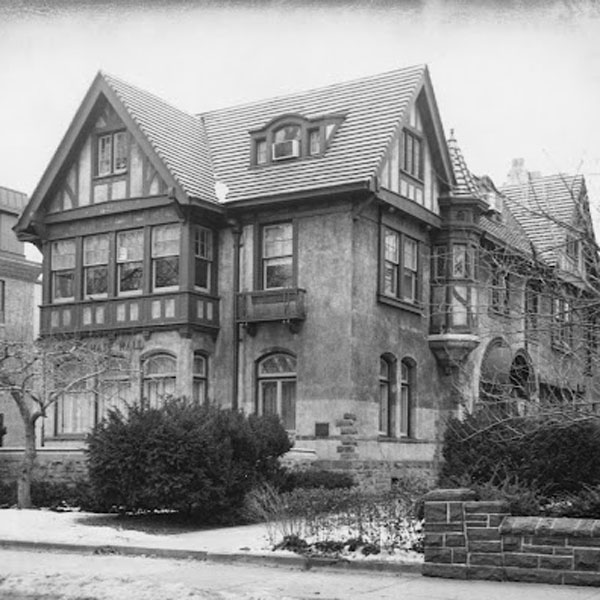
Chase Hall
Despite suffering more than $200,000 in damage, classes resumed in Chase Hall during the summer session thanks to staff and volunteer efforts.
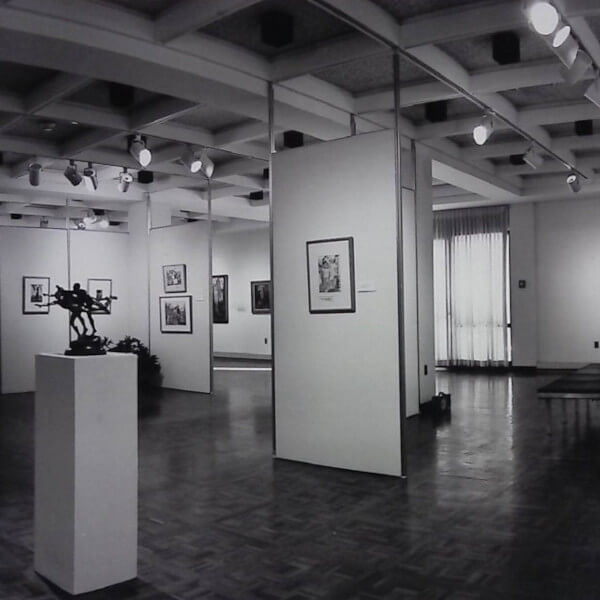
Sordoni Art Gallery
Founded in the 1973, the creation of the Sordoni Art Gallery was seen as a testament to the deep commitment to the cultural life of the community and to the expansion of student learning at Wilkes College.
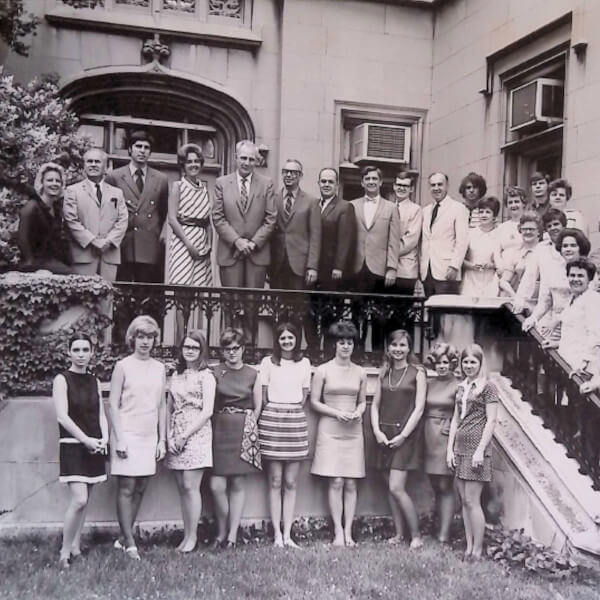
Weckesser Hall
A key administrative building, Weckesser Hall housed the command center of "Operation Snapback," where Wilkes President Dr. Michelini helmed the post-flood cleanup efforts.
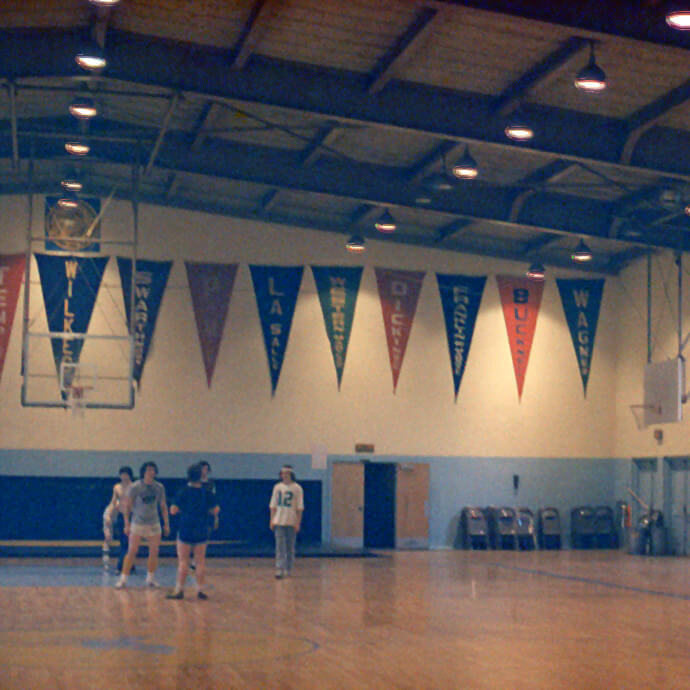
The Old Gymnasium
The Old Gymnasium withstood heavy flooding which buckled out the entire gym floor into five-foot waves.
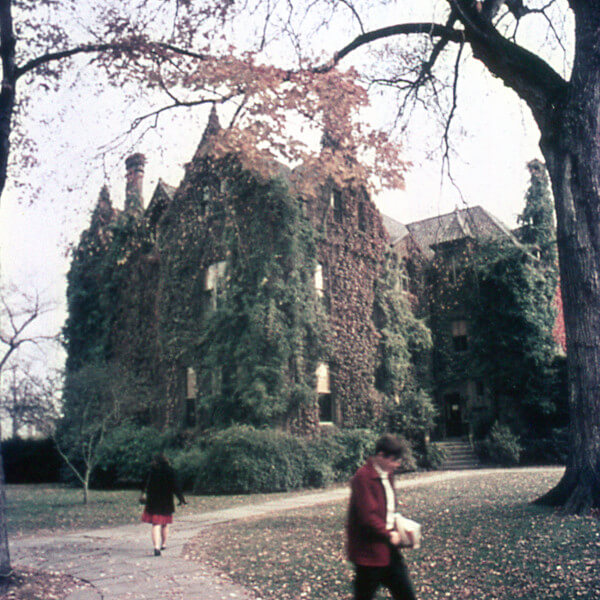
Kirby Hall
An official historic building and the original home of Wilkes' library, Kirby Hall required new floors, carpeting and electrical work following Hurricane Agnes.
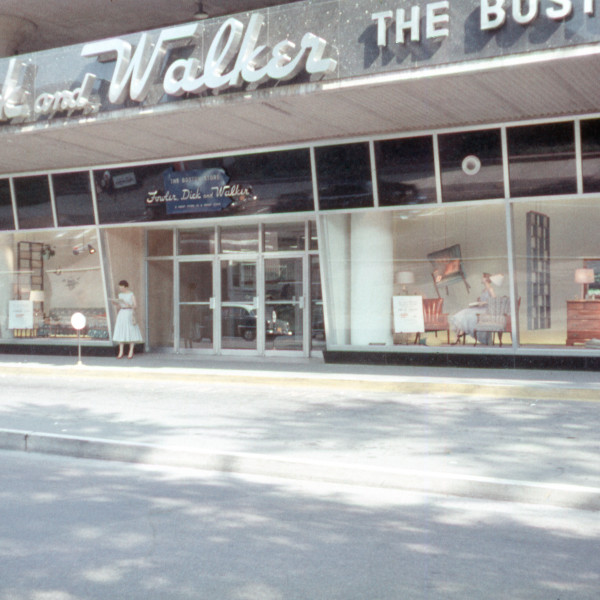
Main Street
One of Wilkes-Barre's most significant roads, Main Street was washed out for days following Hurricane Agnes and required significant rebuilding of its entire infrastructure in the aftermath.
Wilkes Rebuilds
A spirit of solidarity and altruism filled the college during this time and gradually, with the leadership of President Michelini, the college returned to full operation and only started a few weeks late for the Fall semester on Sept. 29, 1972. Many of the returning students expressed some surprise at the condition of the campus and the buildings, stating they had expected more signs of the destruction from the Agnes flood, but expressed pleasure and amazement over the accomplishments of the many volunteers who had worked throughout the summer months putting the 58 buildings and grounds back into condition far greater than any believed possible at the end of June.
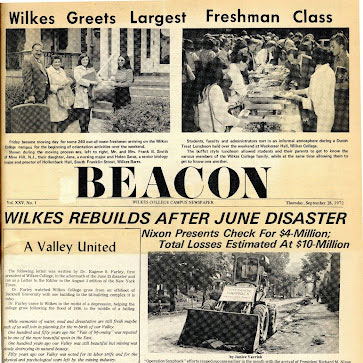
Sept. 28, 1972 issue of Beacon issue, the first issue following the Hurricane Agnes flood. Headlines include "Wilkes Greets Largest Freshman Class" and "Wilkes Rebuilds after June Disaster."
Michelini called the Class of 1976 a special group in that it had already demonstrated a desire to become involved and be of service to others.
“And becoming involved and helping others–giving of yourselves for the sake of helping your fellow man...is so very important,” he told them. “I speak to you with humble awareness of the many who came forth when we needed you so desperately and I am grateful.”
He emphasized the role of the college students in helping the community snap back after the disaster.
“We still have a long way to go financially, but the real guts of a college is in the students and faculty, not in the bricks and mortar. As long as we have those two ingredients, we will have a college.” stated the president. “Out of every disaster comes a new spirit. Many young people were looking for a cause to fight for and they have found it in the Wilkes restoration program – a cause that will last for a good many years, but make us stronger in the end.”
The Sept. 28, 1972 Beacon issue, the first issue to start the 1972 academic year after Hurricane Agnes contains photographs of the Freshman class as well as a letter from Wilkes’ first president, Dr. Eugene S. Farley, that ran as a Letter to the Editor in the Aug. 3rd edition of the New York Times.
“While memories of water, mud, and devastation are still fresh, maybe each of us will join in planning for the re-birth of our valley. One hundred and fifty years ago, the 'Vale of Wyoming' was reputed to be one of the most beautiful spots in the east. One hundred years ago the valley was still beautiful, but mining was slowly destroying its natural beauty. Fifty years ago, our valley was known for our labor strife and for the physical and psychological scars left by the mining industry. Fifty days ago we were struggling to create a new and more attractive valley and we were succeeding. Slowly but surely, new jobs were being created, the general economy was improving, and old eyesores were being replaced by modern attractively landscaped buildings.
And then in a few hours, we were inundated with flood waters, inches of mud, and material damage that had to be seen to be believed. But in the midst of this devastation, neighbor helped neighbor, and civil defense maintained order and provided leadership. In the midst of crisis we were united. Now that we are slowly recovering may we maintain and enlarge this unity. May we unite to restore the beauty of our Valley while we strive to rebuild our homes, and our industries.
If we possess the vision, the will, and the desire, we can in cooperation with our neighbors, our state, and our federal governments restore the best of the past, and while so doing, we can create a more beautiful, and wholesome environment. This was a dream but America was built by dreamers who were also doers. Can we not work to sustain this dream? There are many agencies at work to provide the instruments for new growth. Let us work with them to build a new and better economy, and a more beautiful community. It can be done if we envision it, and possess the will to do it.”
Dr. Eugene Farley
Flood Recovery Task Force
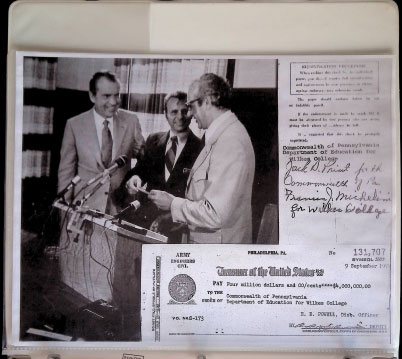
On September 9, 1972 U.S. President Richard M. Nixon visited Wilkes College to present a check for $4 million dollars.
The summer of 1972 marked a significant turning point in Northeastern Pennsylvania history as influential political and economic figures came together from public and private sectors to participate in the Flood Recovery Task Force, a non-profit organization dedicated to rebuilding the Wyoming Valley after the Hurricane Agnes flood. President Michelini joined the task force's Committee on Private Educational Institutions.
Along with the help of Kings College Reverend Lane D. Kilburn, Congressman Daniel Flood, and Senators Hugh Scott and Richard Schweiker, they lobbied to convince the U.S. Administration and Congress to include private institutions as part of flood recovery in the Disaster Relief Act of 1970 and the Agnes Recovery Act of 1972. On Sept. 9, 1972, U.S. President Richard M. Nixon visited Wilkes College to present a check for $4 million dollars.
Additional Records & Resources
Large quantities of historical records related to the Hurricane Agnes flood have been digitized and are available publically online. These include photos, scrapbooks from President Michelini, and correspondences from the Flood Recovery Task Force, among other items of note.
We encourage you to explore these and other archive collections to learn more about the rich history of Wilkes-Barre and Pennsylvania.